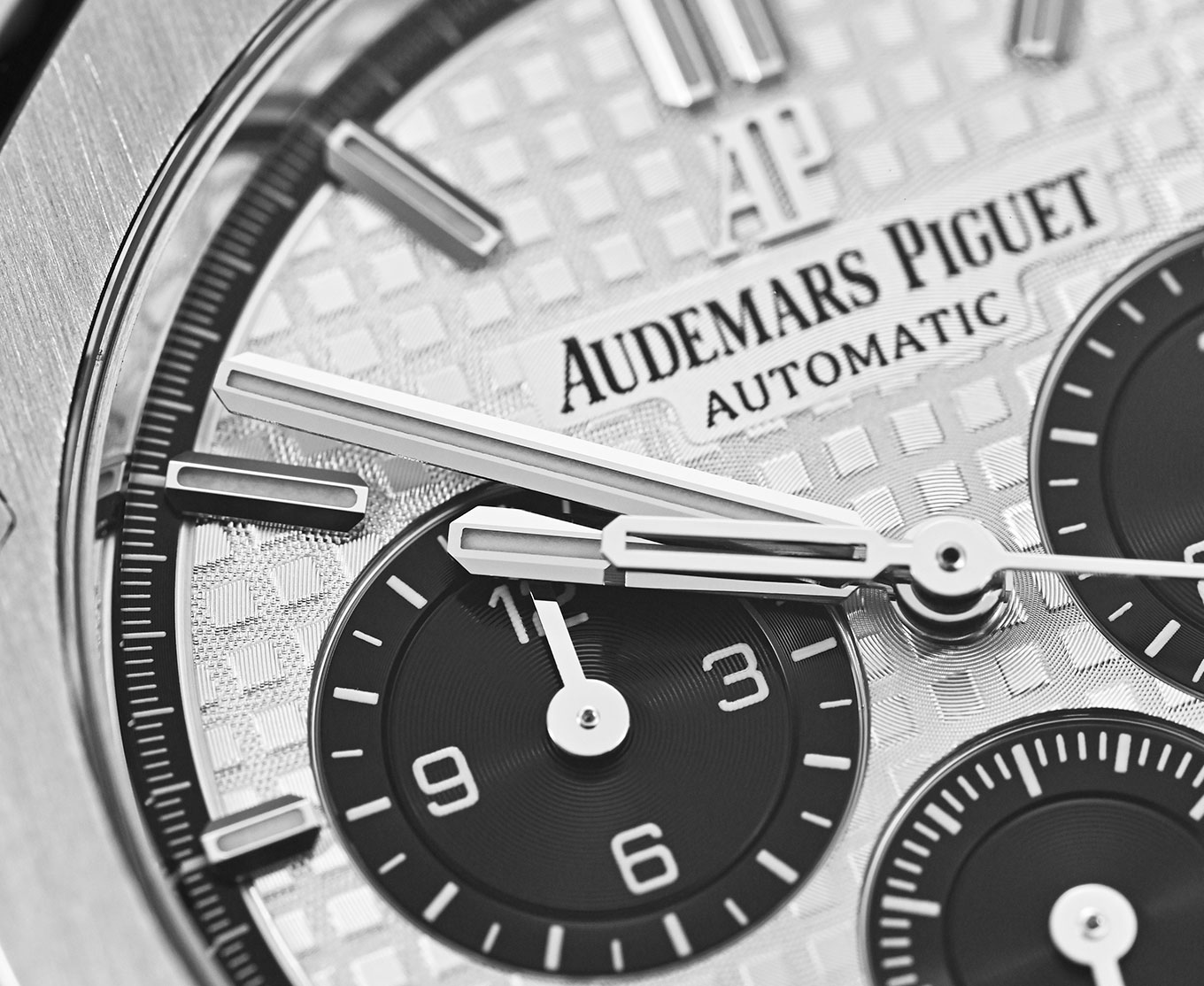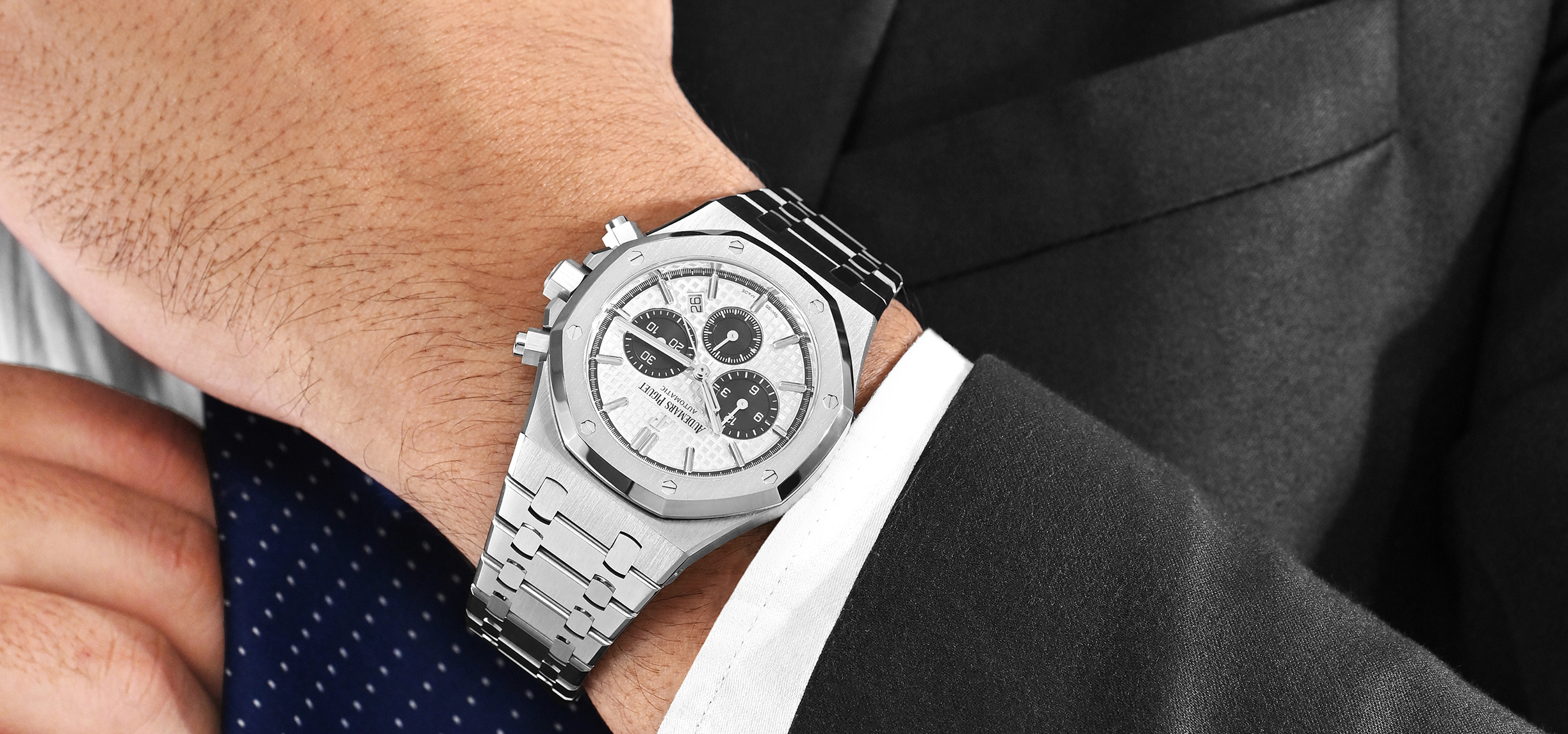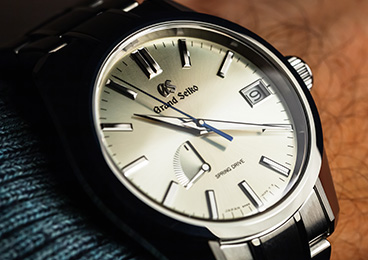
 Trending Articles
Trending Articles
-
The History Of Japanese Luxury Watch Brand Grand Seiko
21 Aug, 20230
 Featured Video
Featured Video
A Collector’s Delight — Arnold & Son Time Pyramid
READ FULL STORYIn 1972, an era when watches were distinctly graded into two major categories — dress and sports — Audemars Piguet went against the grain and introduced a watch that converged both these two styles, giving rise to a stellar timepiece we know and love today, the Royal Oak. Decades after its introduction, it remains one of the most iconic and groundbreaking watches ever made.
The Story Of Royal Oak
In 1970, the watchmaking world was in the midst of an upheaval. The quartz crisis was gradually taking a mammoth form resulting in a progressive crash of the mechanical watch industry. Georges Golay, the then managing director of Audemars Piguet, comprehended the gravity of the situation and knew that only something entirely novel and revolutionary could help them steer out of this acute period of difficulty.
He turned to the mastermind Gérald Genta, who had been working with Audemars Piguet since the 1950s, asking him to design “a steel sports watch that has never been done before”. In less than 24 hours, Genta presented the first sketch — a watch model inspired by a diver’s helmet featuring an octagonal shape with eight exposed hexagonal screws, a never-seen-before integrated bracelet, and an intricate guilloché dial with a sunburst effect. It is amazing that the first sketch finished by Genta in such a short span of time had all the elements that make Royal Oak the legend it is.
The narrative behind Royal Oak’s name is equally gripping. Carlo de Marchi from the Swiss watchmaking corporation, Société Suisse pour l’Industrie Horlogère SSIH, with whom the brand had partnered in 1969 played a significant part in the watch’s development. Subsequently, he was the first person to suggest the name — Royal Oak — after the ships of the royal navy. According to Audemars Piguet’s archive, the moniker was also a nod to the ennobled oak tree that saved the life of King Charles II of England, from Cromwell’s troops at the Battle of Worcester in 1651.
While the prototype was presented in April 1971, Royal Oak officially launched in 1972 and made history. Today, several decades and editions later, it is among the most coveted watches ever made.
A Guide On How to Spot A Fake Audemars Piguet Royal Oak Watch
The popularity and never-ending demand for the Royal Oak have inevitably resulted in the rise of counterfeits. Therefore, below we’ve shared significant elements and signs of an authentic Audemars Piguet Royal Oak so you easily spot a fake.
1. The Case
One of the most distinctive features of a Royal Oak is its octagonal case. Hence, it is only befitting to start by closely examining the case when trying to figure out if the watch is real or fake. In addition to the unique shape, the materials used and finish are things to watch out for. Most Royal Oaks are crafted from 18k gold — yellow, rose or white — as well as steel, ceramic, titanium, and platinum. The watches are also found in elegant combinations of these metals. Material of only the highest quality is selected.
Signs of craftsmanship and attention to detail greatly assist to spot a fake Audemars Piguet Royal Oak, as counterfeits often get these minute details wrong. The case of a Royal Oak is chiefly adorned with a brushed finish that runs vertically throughout. It is contrasted by polishing on certain parts like bevelled edges. An experienced eye can spot the difference, as every AP watch is polished and treated by hand using a distinct technique that cannot be mimicked. Be on the lookout for improper finishes, uneven bevelling, and edges that are not fluid or seamless. The counterfeit industry is highly based on mass production hence creating timepieces with such a high level of precision, complexity and nuance is quite unlikely.
2. The Dial
Gerald Genta did not only prepare the first sketch of the Royal Oak, but was also instrumental in the preparation of its prototype. To create the dial with a distinguishing pattern he visited Stern Frères, one of the most prestigious dial manufacturers of the 20th century. There, using some very old engraving machines the now-iconic tapisserie pattern that has become synonymous with the Royal Oak was designed. The skill required to create this singular pattern is no longer taught in horology schools and is only honed by the generational watchmakers of Audemars Piguet. Therefore, Royal Oak’s tapisserie dial is an element that counterfeits have still been not able to recreate even vaguely.
Branding and text are other telltale signs of authenticity on a Royal Oak’s dial. The font, thickness, and precision of numbers and letters on a genuine Royal Oak are consistent and flawless. On fakes, you might find a lack of uniformity in spacing, depth, and size, which results in an illegible and disorderly look. Verifying the font for a particular model number aids vastly in distinguishing an authentic piece from a knockoff. Lastly, if there are complications on the dial, they must be inspected for quality and functionality. Often chronographs or other complications displayed on imitation pieces are simply for show and don’t function at all.
3. The Bezel
Another way to spot a fake Audemars Piguet Royal Oak is by inspecting its unique bezel. An authentic watch will feature eight hexagonal screws meticulously placed on the bezel. Pay close attention to the screws; each of them should be well-finished, identical in shape, and set meticulously. Lack of uniformity in the spacing between each screw and improper setting are apparent red flags.
4. The Caseback
A Royal Oak can either have a solid or an exhibition caseback. The name of the collection should be present on the caseback, however, its placement could vary from model to model. A genuine Audemars Piguet Royal Oak will feature important hallmarks, for instance, the reference or serial numbers. Such numbers must be verified in order to establish the watch’s authenticity. In addition, limited edition watches might have elaborate imagery or script. All engravings should be legible, clean, and of high quality. Fakes will often have substandard engravings and can be missing letters or numbers.
An exhibition caseback reveals the inner workings of the watch, the beauty of the movement, and the brand’s high level of artisanship. The details on the movement—polishing, engravings, and assembly—help spot a fake and determine the piece’s legitimacy. While poor replications are easy to spot, other fakes have details close to the brand specifications. For such watches, only an experienced eye and a deep understanding of the brand can identify the difference between an authentic watch and a faux one.
By Neelma Tiwari
Want to be the first to be in the know?
Sign up to be emailed when I publish new content. Read. Watch. Shop. Learn. Trade. All in one place.























Conversation 0 comments